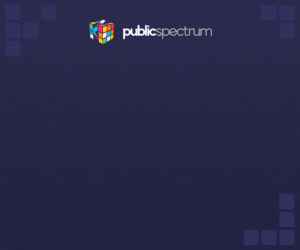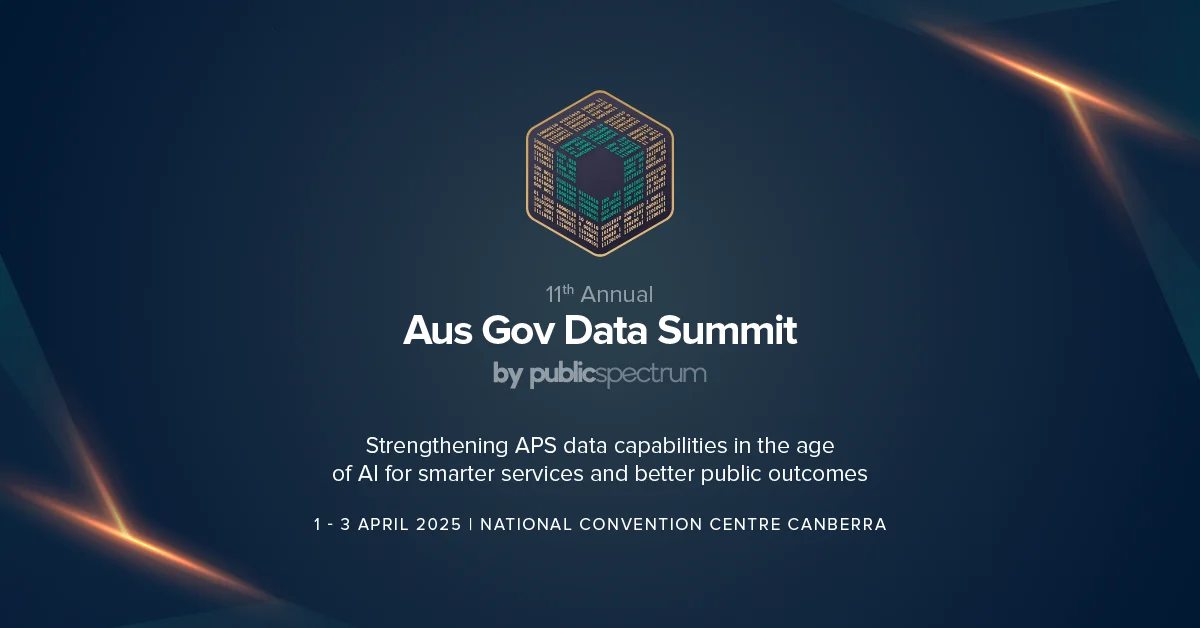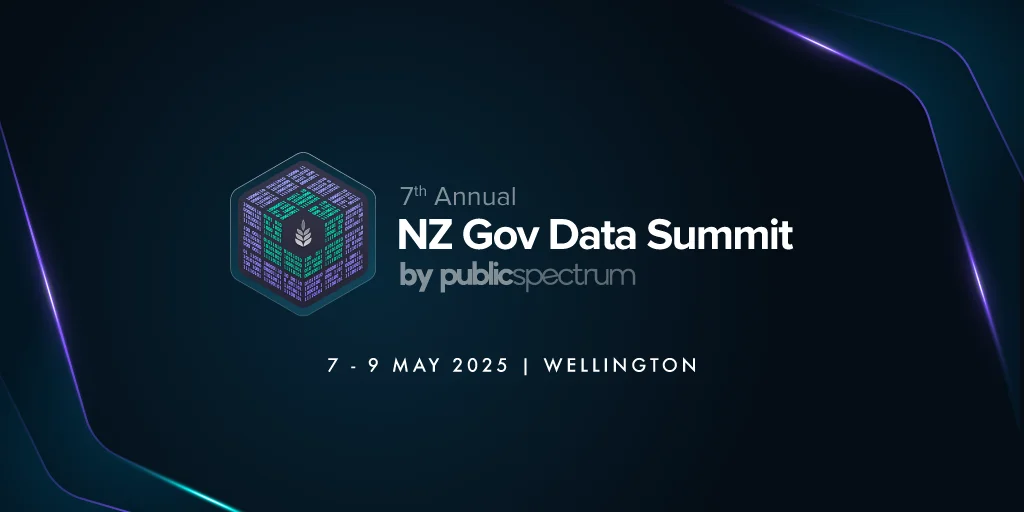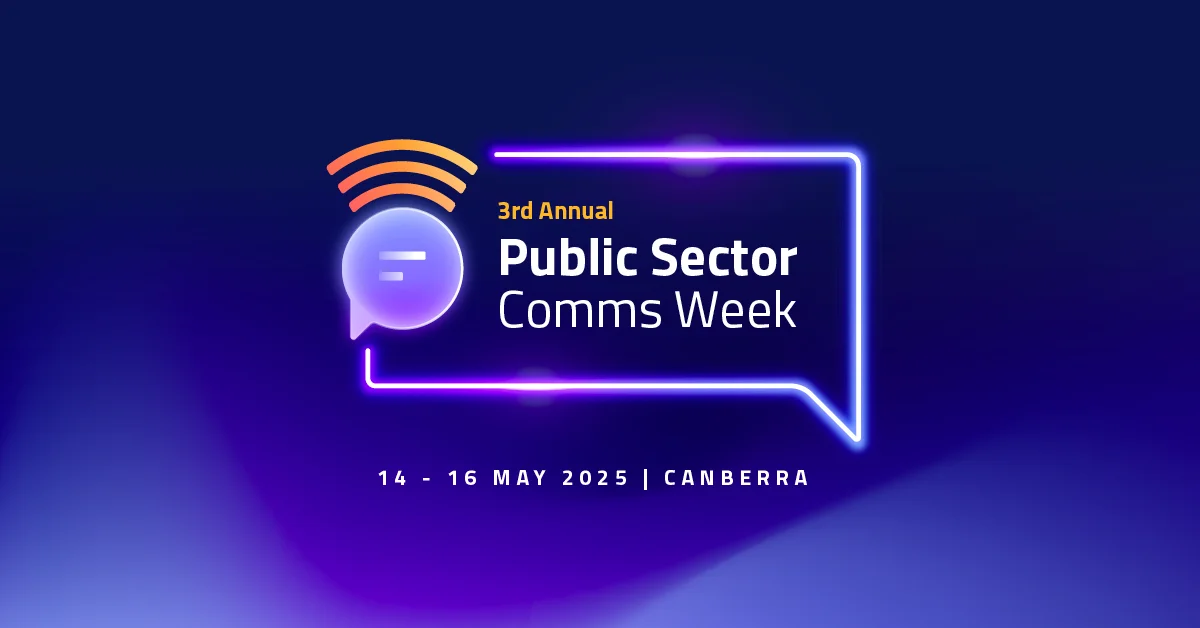11 common pain points when dealing with local government
Share

Sometimes, people can have bad experiences when dealing with different local government services and organisations. These pain points can occur repeatedly in different contexts and can cause frustration on behalf of the person trying to avail government services.
In order to understand systemic problems and identify whole-of-government opportunities, the DTA’s GovX team has analysed and identified 11 common pain points that have appeared across different services, sectors, and levels of local government.
The 11 common pain points
- Unaware of progress or important changes
When people don’t know about the important changes in the system, it becomes difficult for them to plan out their moves. While this could be caused by a lack of information, this pain point can put people in an avoidable negative situation.
- Difficult to find information
People can experience this pain point when they have a rough time in finding the information they need because it is spread across multiple sources or the amount of information is overwhelming.
- Difficult to understand or use information
Another common pain point is the inability to make sense of or use the given information because the language is either too complex, is not available in their preferred language or is presented in an inaccessible format. Sometimes the information is inaccurate or out of date.
- Not aware of available support
This pain point, in which people are unaware of services and resources that could support them, means that they cannot access the support or information that could improve their situation.
- Uncertain about entitlements and obligations
The policies, rules and processes when interacting with service providers are often complex and difficult to understand. This pain point causes people to be unsure about their entitlements and obligations, causing them to miss out on support or be unable to fulfil their obligations.
- Unclear on how to reach an outcome
When people become uncertain about what they need to do to reach an outcome, especially when they need to interact with multiple services or organisations, they would often feel lost and frustrated and may need to ask for help.
- Too much time and effort to complete tasks
Accessing government services can sometimes be time-consuming and difficult, and this long waiting period can cause challenges for those that need immediate support.
- Required to provide information multiple times
This pain point occurs when people have provided the same information to the service multiple times. They find it frustrating, and this frustration is magnified when they have already provided the information as part of achieving the same or a similar outcome.
- Unable to use the preferred channel
Another frustration people experience is the inability to use their preferred channel to complete a task. This could be caused by the service’s preferred channel, issues on using a certain channel or the need to interact with multiple channels. This pain point makes tasks more difficult or impossible to complete without extra assistance.
- Difficult or impossible to complete tasks
Services that do not take into account the individual’s needs and circumstances is another pain point. This lack of attention to detail will leave people unable to use a service, use workarounds or settle for an unsuitable interaction.
- Not getting the right support
When people feel that the given support is not enough, the staff does not have the right skills, the lack of trust in the organisations or perceive the service’s poor quality, they can feel that they aren’t getting the right support to help them reach an outcome.
The importance of common pain points
Some of these pain points happen because people not always aware of which organisation they are interacting with or where they need to go to access assistance, and this identification helps government organisations see the connections or interdependencies across services.
With these pain points, organisations can find existing solutions to reuse or adapt or show where there are opportunities to build scalable, collaborative solutions.
They can also be used to contextualise other identified pain points using other research and engagement activities such as in-depth interviews, concept testing, stakeholder workshops and interviews with subject matter experts.
By identifying these pain points, governments can reduce the complexity of their services and improve people’s experiences by making access to services and information, simpler, clearer, and faster.
Eliza is a content producer and editor at Public Spectrum. She is an experienced writer on topics related to the government and to the public, as well as stories that uplift and improve the community.






















